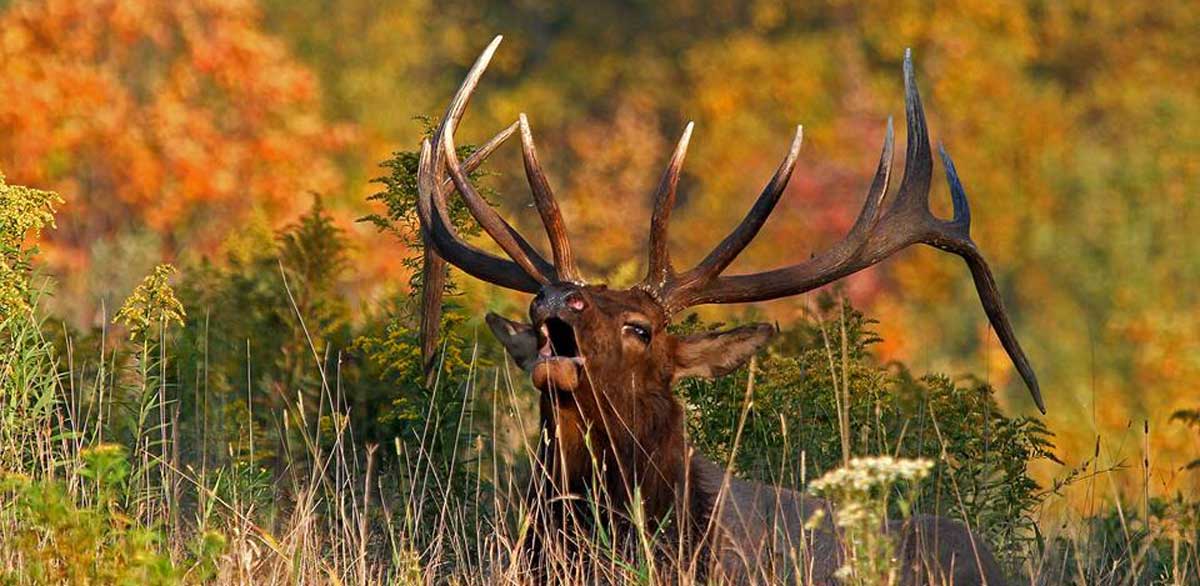Buglers. Whistlers. Ivories. Call them what you will, but the two upper canine teeth in an elk were historically worth more than a nice set of antlers. Those teeth, remnants of what were 3-inch-long tusks in wapiti’s prehistoric ancestors, were prized by Native Americans and are still prized by hunters today.
A Sioux elk dreamer once said that when an elk dies, everything except the tusks return to the earth, imparting long life to those who wear them. Native American women wore robes adorned with hundreds of teeth. They were the status gown of that time and place.
Teeth were also used as currency, and historical accounts value 70 to 150 tusks with that of one horse. As elk became scarcer and settlers moved onto the plains, some American Indians became master craftsmen at producing fake teeth. They cut and sanded chunks of bone or antler to the shape of a tooth. After rubbing a little paint to simulate tartar, the counterfeit currency could rarely be identified as inauthentic. Today, one can still purchase fake elk teeth over the Internet, but nothing beats the memories inherent in the real thing.
Photo c/o Charlie Cropp
